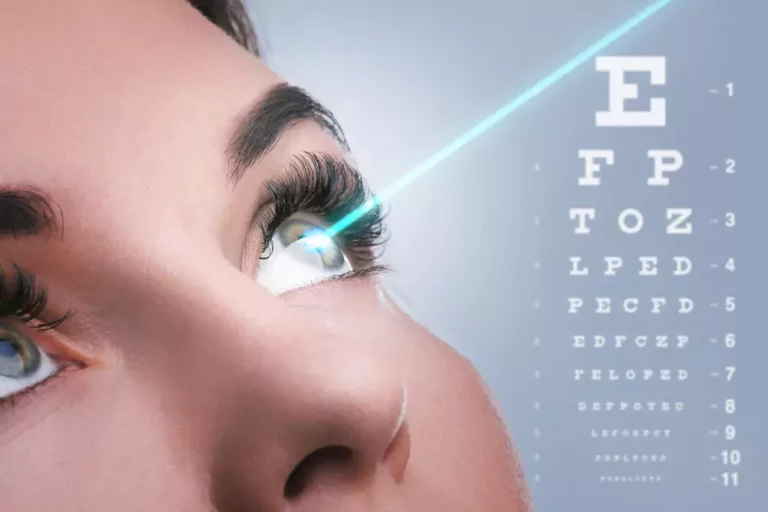Lasik

LASIK (Laser-Assisted In Situ Keratomileusis) is a popular laser eye surgery used to correct vision problems and reduce or eliminate the need for glasses or contact lenses. Here are some key points about LASIK:
Procedure: LASIK reshapes the cornea using a precise excimer laser to improve how light is focused onto the retina. The surgeon creates a thin flap in the cornea, lifts it, and then uses the laser to reshape the underlying tissue before repositioning the flap.
Conditions Treated: LASIK is commonly used to treat refractive errors such as myopia (nearsightedness), hyperopia (farsightedness), and astigmatism. It helps patients achieve clearer vision without relying on corrective lenses.
Eligibility: Ideal candidates are over 18, have a stable eye prescription for at least a year, and do not have eye diseases like keratoconus or severe dry eyes. A thorough eye exam is required to determine suitability.
Benefits: LASIK offers quick results, with most patients experiencing improved vision within 24 to 48 hours. It is a painless procedure with minimal recovery time and long-lasting results in most cases.
Risks and Considerations: While generally safe, LASIK may cause temporary side effects like dry eyes, glare, or halos around lights. Rarely, complications such as undercorrection, overcorrection, or flap issues can occur. Discussing risks with an experienced ophthalmologist is essential.
Recovery: Most patients return to normal activities within a day or two. Follow-up visits and using prescribed eye drops are crucial for healing and maintaining results.

